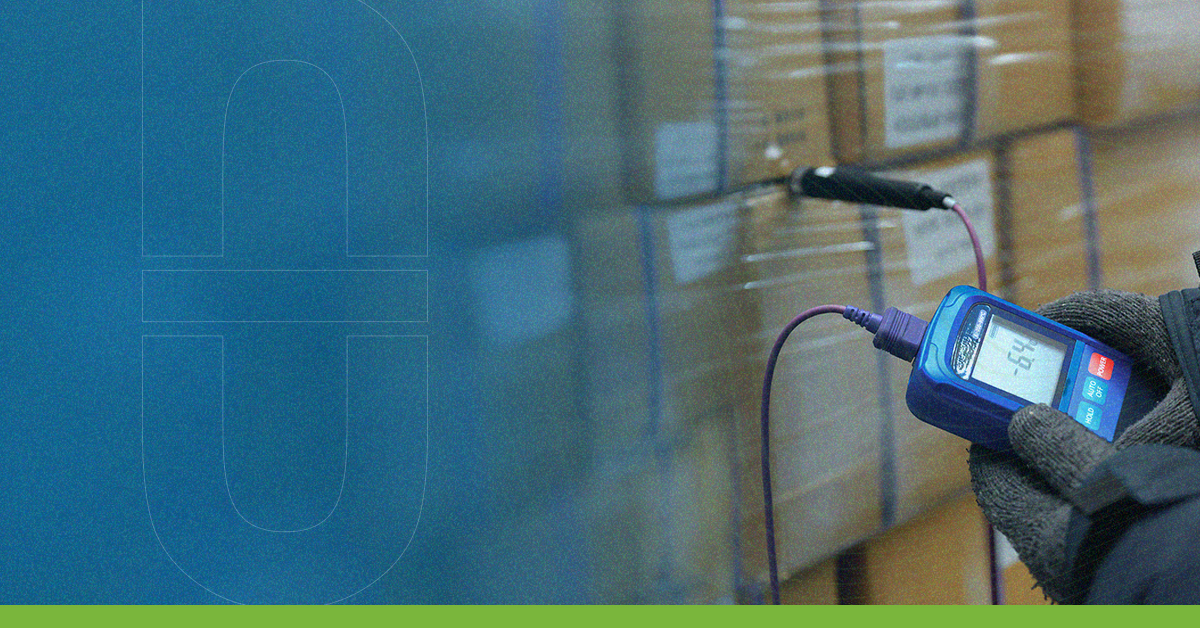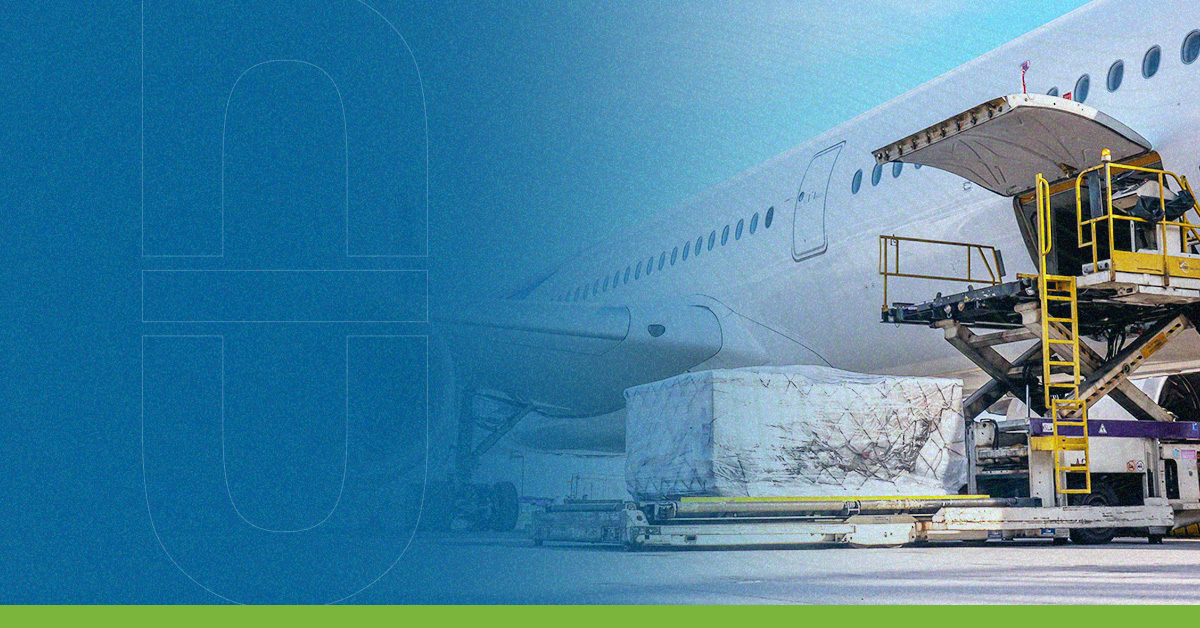Sub-zero storage has endless benefits that have allowed important advances in the logistics industry, which is becoming increasingly complex and demanding thanks to end customers and other suppliers who require highly competent solutions to transport certain goods.
But what exactly is this type of storage and what are the advantages or opportunities compared to current logistics?
What is sub-zero storage?
When defining sub-zero storage and its importance in the logistics industry, we can explain in a simple way that it is about storing products or raw materials in an environment at extremely low temperatures to prevent their degradation and damage during their waiting time until the journey to their destination begins. This type of storage is vital to ensure the safety of consumers and carriers, especially when we focus on medicines or other utensils used in the health sector.
Some of the products in which storage in this category is applied include meat, fish, fruits, vegetables, vaccines, insulin, antibiotics, flowers, facial creams, perfumes and certain chemicals that can be highly volatile if not transported at low temperatures.
Advantages and opportunities in storage of this type
Among the many advantages that sub-zero storage has for the logistics industry, we must include the most relevant: better preservation of quality thanks to cold, preservation of the nutritional values of food, reduction of product waste at the end of the journey, prestige for the carrier due to compliance with sanitary measures, and strengthening of the functioning of supply chains, among other points.
The opportunities in this type of sub-zero storage for the future are undoubtedly promising, among which we can mention:
- Employ innovative methods that make it easier to keep products at a constant temperature for a much longer time, even when moving around different points.
- Avoid that humidity or condensation within the refrigerated cargo is a factor of high incidence, since this damages the product progressively until it is not consumable or usable.
- Improve all software and hardware that is responsible for tracking products inside refrigerated containers to prevent them from being lost or arriving at the wrong destination.
- Creating and perfecting energy systems in containers is one of the immediate challenges or opportunities, as they need to work throughout the journey, being able to replenish their batteries at each of the points of contact.
- Ensure shock resistance to prevent dents and detachment of components vital to container cooling.
As a final point, we always recommend professional advice to agencies that, in addition to providing quality sub-zero storage, also offer the best insurance according to the specific needs of your company.
Sources:
Cold storage: What it is, types, and common challenges. Ceupe
Challenges and solutions for compliance in cold storage warehouses. Fullfilment Hub




